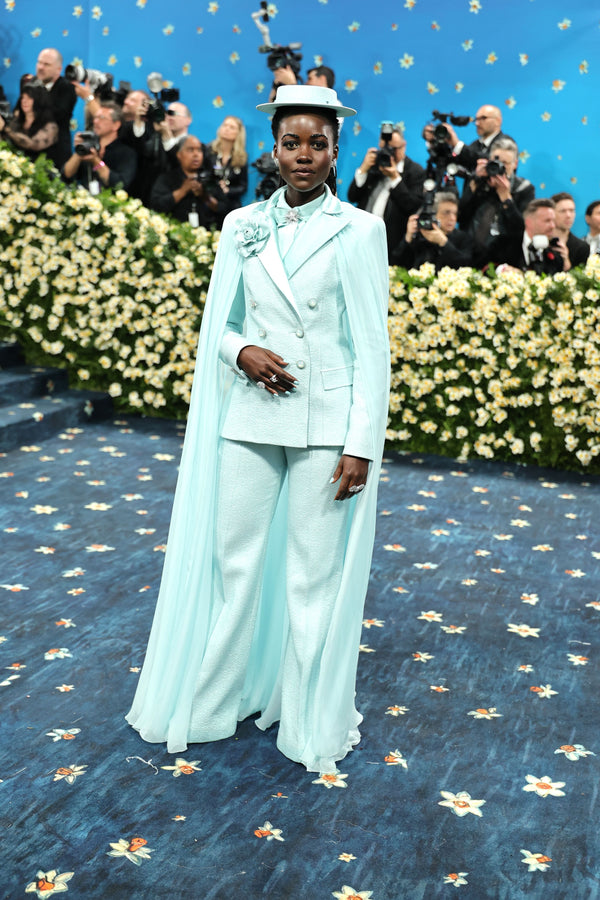A bespoke suit is quite simply a suit that is made exclusively for you. This means that you have total creative control over the process, though of course this is in partnership with your tailor. You can select your fabric and select the style, and you can even choose the finer details like the buttons or lining.

This may sound overly obsessive but in fact, up until the 1950’s, bespoke tailoring was the norm. And if you are willing to pay a premium for the fit and the quality, bespoke tailoring is very much worth the lengthy period of time it takes to create your suit - indeed, a bespoke suit can often last for life.
Famed Savile Row, in London, is the renowned mecca for high quality tailoring - people come from all over the world to experience having a suit made on the Row, and tailors Huntsman, Kilgour and Gieves and Hawkes are some of the oldest established businesses in the country.
The process of making a bespoke suit normally starts with an informal chat with your tailor, who will usually ask you some questions about your style and what type of suit you would like to make (ie for work or an occasion) or if it is for something special, like a wedding.

Colin Firth in Kingsman
Tailors will usually recommend a suiting fabric between super 120s and super 150s as this is the ideal tailoring weight and has always been the classical English fabric choice. He will then take your measurements and begin the process of creating your suit – the making of the suit itself generally takes two to three months.
Your tailor will go off and design an exclusive pattern for you, customised to your measurements, then he will cut the pattern out and use chalk to trace it onto your chosen cloth. This is one key difference between a 'bespoke' and a 'made to measure' suit. Made to measure refers to when the tailor takes your measurements and adjusts his already pre-cut patterns to your size.

Sean Connery getting fitted for a suit
Next, the fabric is cut ‘one way’, and then delicately finished, by hand. Your tailor will now create what is called a ‘baste’ to prepare you for your first fitting.This will be like trying on a shell of the suit, where your tailor can check the fit and can alter and add little details, such as the style of lapel or which pockets you may want. The tailor will then go back and apply the changes to your pattern and create your garment.
You are then invited back for the second fitting. Your suit will look almost complete now but you will have this one last opportunity to adjust the fit a little bit if desired. Your updated pattern is then stored by your tailor for the future and your suit should soon thereafter be ready for collection.

Oliver Cheshire on Savile Row
Be warned; once you’ve enjoyed the process of bespoke tailoring, you will never want to go back to walking around a department store and picking out an off the peg suit.
Here are some of our recommended fabrics for your first suit: Dark Blue Superfine Wool & Silk, Prince of Wales Pure Wool, Sky Blue Herringbone Cashmere & Silk Suiting, Valentino Dark Grey Pinstripe Wool Suiting








































